Wondering which KitchenAid attachment to use to make the best frosting?
I used to own a bustling cupcake shop where we mixed buttercream frosting in five-gallon batches several times a day. Our customers always raved about how fluffy and delicious our frosting was.
Today, I’m excited to share with you my personal tips and tricks, along with the best KitchenAid attachment for frosting. Whether you're a beginner or a seasoned baker, this guide will help you achieve the perfect frosting every time.
Why the KitchenAid is Best for Frosting
One of the best things about using a KitchenAid mixer is the hands-free operation. This allows you to multitask, preparing ingredients for larger baking projects while the mixer does the work for you. It's a real time-saver, especially when you’re making big batches like I did in my shop. Here's a rundown of the different types of attachments I'll be talking about in this article:
Paddle Attachment
The paddle attachment, also known as the flat beater, is a versatile tool that is perfect for creaming butter and sugar together, making cookie dough, and achieving a smooth, creamy consistency in your frosting. It’s ideal for dense mixtures and is my go-to for starting the frosting process.
Whisk Attachment / Wire Whip
The whisk attachment, also known as the wire whip, is designed to incorporate air into your mixtures. This makes it perfect for whipping egg whites, heavy cream, and making light, fluffy frostings. Whether you call it a whisk attachment or wire whip, this tool is essential for achieving airy textures and stiff peaks in meringues and certain types of buttercream.
Flexible Edge Beater
The flex edge beater has a flexible edge that scrapes the sides of the bowl as it mixes, ensuring all ingredients are fully incorporated without the need to stop and scrape manually. This makes it perfect for mixing frosting and other batters where you want a smooth, lump-free consistency.
Keep reading to see how using the right mixer attachment for your KitchenAid can help you make the best fluffy frosting!
Techniques for the Best KitchenAid Attachment for Frosting
Step 1: Begin with the Paddle Attachment
Start with the butter in the bowl of a stand mixer. Use the paddle attachment/flat beater accessory, to soften the butter. If possible, use room temperature butter to save time and wear and tear on your mixer. The goal is to beat the butter until it's malleable and soft.
Step 2: Scrape the Sides of the Bowl
After softening the butter, make sure to scrape the sides of the bowl to get any unmixed chunks from the sides of the bowl or the beater attachment. This helps achieve a smooth consistency and prevents any lumps from forming.
Step 3: Switch to the Whisk Attachment
Next, change your attachment to the whisk or wire whip. Now that the butter is softened, the whisk can handle the ingredients better. This is where you'll add your powdered sugar, milk, and any flavorings like vanilla extract. Using the whisk attachment will incorporate more air into the mixture, resulting in a light and airy frosting.
Step 4: Mix at Medium Speed
Mix the frosting at medium speed until it is light and almost white. Avoid mixing at too high a speed, which can make the frosting too airy and unstable. Instead, mix at medium speed, allowing for an even incorporation of both wet and dry ingredients.
Now that you know which kitchen aid attachments to use for making frosting keep reading to learn how to choose the best buttercream frosting for your needs.
Choosing the Right Frosting for Your Needs
Every Baker has a different need for their frosting and the best thing you can do is find the right kind of buttercream frosting for what you're baking. Below is a list of different types of buttercream frosting and how I like to use them.
Shelf-Stable Buttercream Frosting
For piping flowers or situations where you need a stiff buttercream that doesn’t melt in the heat, I recommend using a frosting that has some shortening in it. This type of frosting holds up well and maintains its shape, even in warmer conditions. It's perfect for bakers who need a shelf-stable frosting due to cottage food laws or for situations where refrigeration isn’t available. You can check out my recipe for shelf-stable buttercream frosting here.
Fudgy Chocolate Frosting
If you need a chocolate frosting that crusts over, this perfectly fudgy Hershey’s frosting recipe is ideal for icing cookies and cakes. Crusted-over frosting is perfect when you’re packaging items and you don’t want the frosting to stick or smudge. It gives a nice, firm finish that still tastes deliciously rich and chocolatey.
Frosting Made Without Powdered Sugar
For a less sweet frosting option, try this vanilla frosting made with no powdered sugar, also known as Ermine frosting. This frosting is made by cooking flour, sugar, and water into a paste before starting, which creates a smooth and creamy texture. It's a great technique for anyone looking for a frosting that isn’t overly sweet but still has a wonderful flavor and consistency.
Different Types of Buttercream and How to Make Them
American Buttercream
American buttercream is one of the easiest and most popular frostings. Made with butter, icing sugar, and a bit of vanilla extract, this frosting is quick to whip up using the paddle attachment. It’s perfect for birthday cakes and cupcakes, providing a smooth consistency and delicious flavor.
Swiss Meringue Buttercream
Swiss meringue buttercream is made by heating egg whites and sugar, then whipping them to stiff peaks before adding butter. The wire whip attachment is ideal for this process as it incorporates air efficiently, creating a light and airy frosting. This buttercream has a silky-smooth coat and is perfect for more delicate cakes.
Cream Cheese Frosting
Cream cheese frosting is another favorite, especially for carrot cakes and red velvet cakes. Using the paddle attachment, you can achieve a creamy consistency by beating together cream cheese, butter, icing sugar, and vanilla extract. Make sure to scrape the sides of the bowl to ensure everything is well-mixed. This is my favorite recipe for cream cheese frosting.
Chocolate Buttercream
For chocolate lovers, chocolate buttercream is a must. Made by adding cocoa powder to your basic buttercream recipe, this frosting is rich and indulgent. The paddle attachment works best to mix the butter and icing sugar, then add the cocoa powder and heavy cream for a smooth and fluffy finish.
Troubleshooting Common Frosting Problems
Curdled or Not Smooth Frosting
If your frosting looks curdled or isn't smooth, it might be because your butter was too cold or your ingredients weren't properly mixed. Ensure your butter is at room temperature before you start. Using the paddle attachment, mix thoroughly to achieve a smooth consistency. Scraping the sides of the bowl with a flexible edge beater can also help incorporate all ingredients evenly.
Frosting is Too Soft
If your frosting is too soft and isn't holding its shape, you might need to adjust the mixing process. Using the wire whip attachment at medium to high speed can help incorporate more air and achieve the structural integrity needed for your frosting. Additionally, try refrigerating the frosting for a bit to firm it up before piping or spreading.
Air Bubbles in Frosting
Too many air bubbles can make your frosting unstable and difficult to work with. To reduce air bubbles, mix at medium speed using the paddle attachment. This helps incorporate the ingredients gently and results in a more stable mixture. If you still see bubbles, let the frosting sit for a few minutes, then mix slowly to release any trapped air.
By addressing these common frosting problems with the right mixer attachment and techniques, you'll achieve smooth, stable, and perfect frosting every time.
Which is the Best KitchenAid Attachment for Frosting?
Whether you're a TikTok-inspired baker looking to make the latest trends, or simply trying to perfect your favorite frosting recipe, KitchenAid's main attachments and mixer accessories offer the versatility and quality you need. So next time you're in the kitchen, set aside your wooden spoon and mixing bowl, and let your KitchenAid mixer help you achieve frosting perfection!
I hope you found these tips and tricks for choosing the best KitchenAid attachment for frosting helpful. If you’re passionate about baking and want to learn more, why not join my email list? I share exclusive recipes, baking tips, and insider secrets to help you create delicious and beautiful baked goods.
By joining, you'll get access to:
- Exclusive Recipes: Unique and delicious recipes that aren’t available on my blog.
- Baking Tips: Insider tips and tricks to help you perfect your baking skills.
- Special Offers: Be the first to know about special offers, workshops, and more.
- Community Support: Connect with other passionate bakers, share your creations, and get feedback.
Don't miss out on all the fun and valuable content! Click below to join my email list and start receiving delicious inspiration straight to your inbox.

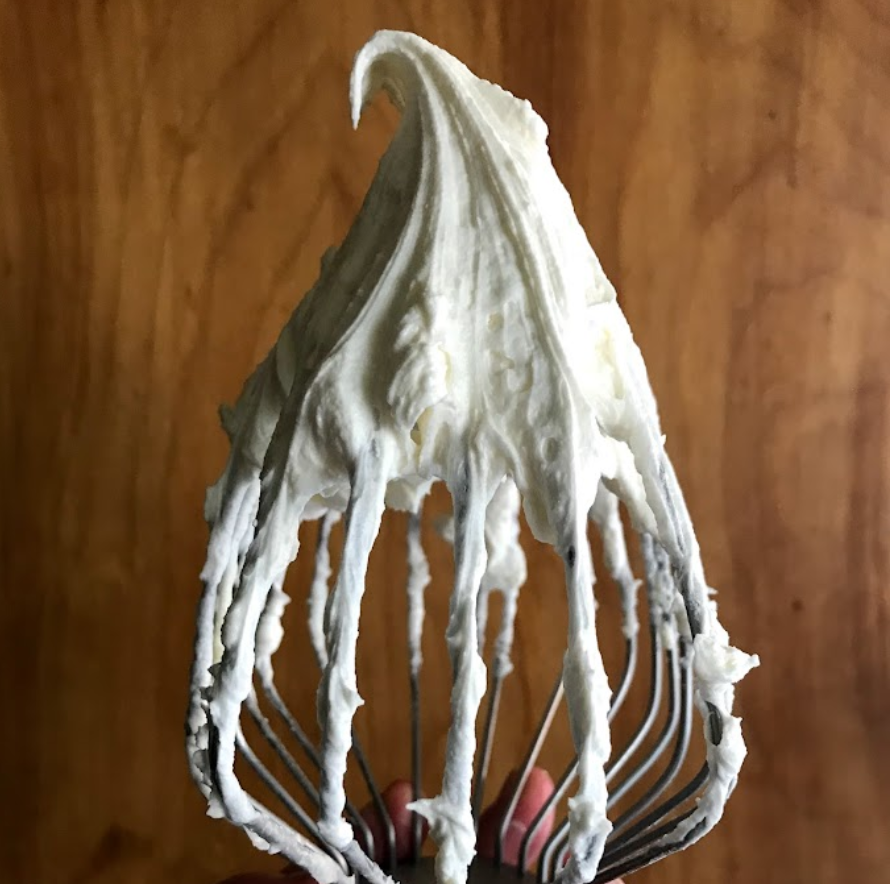
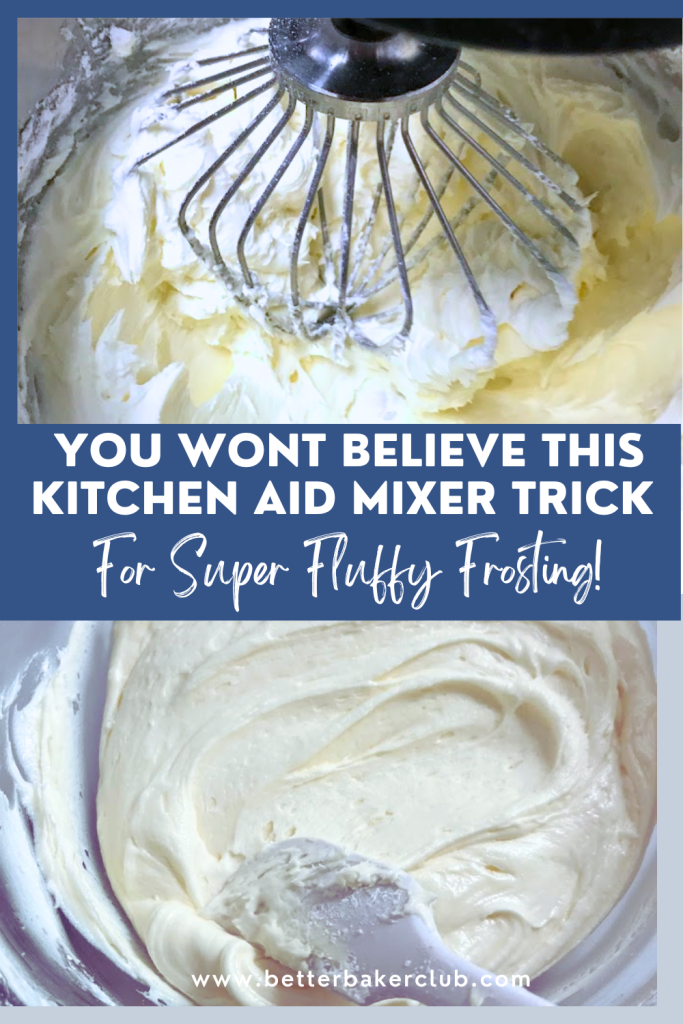


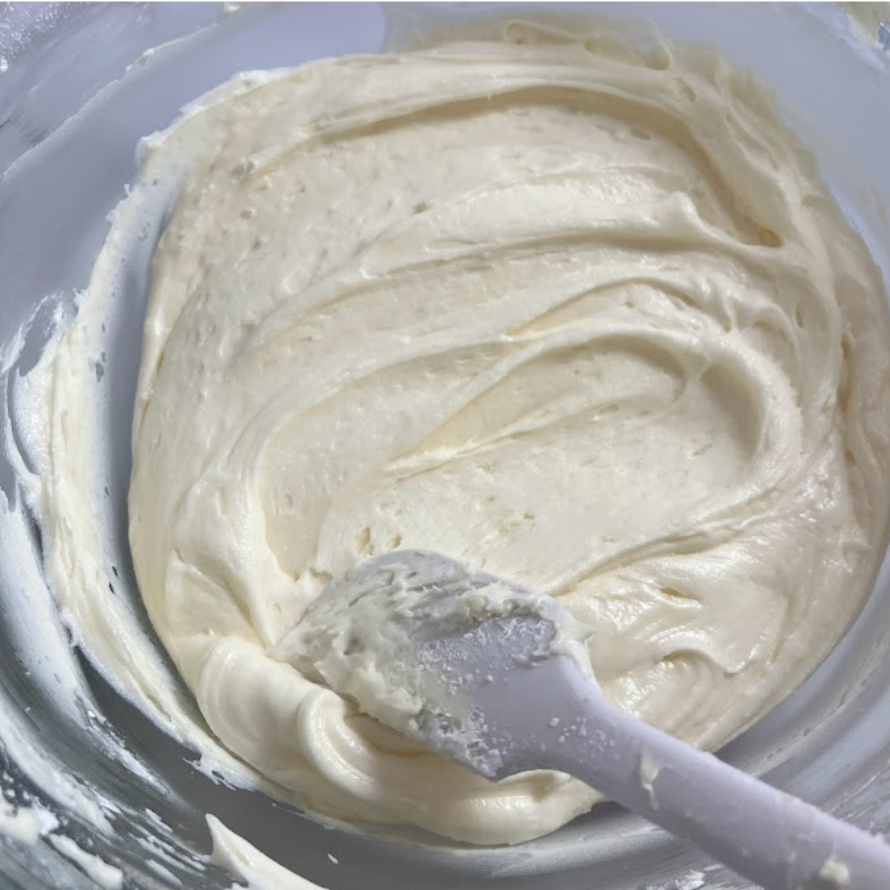
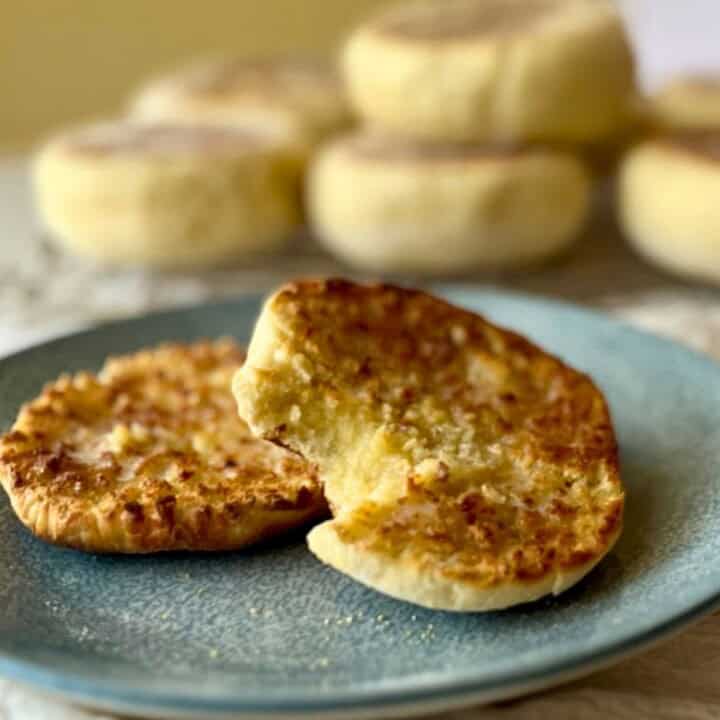
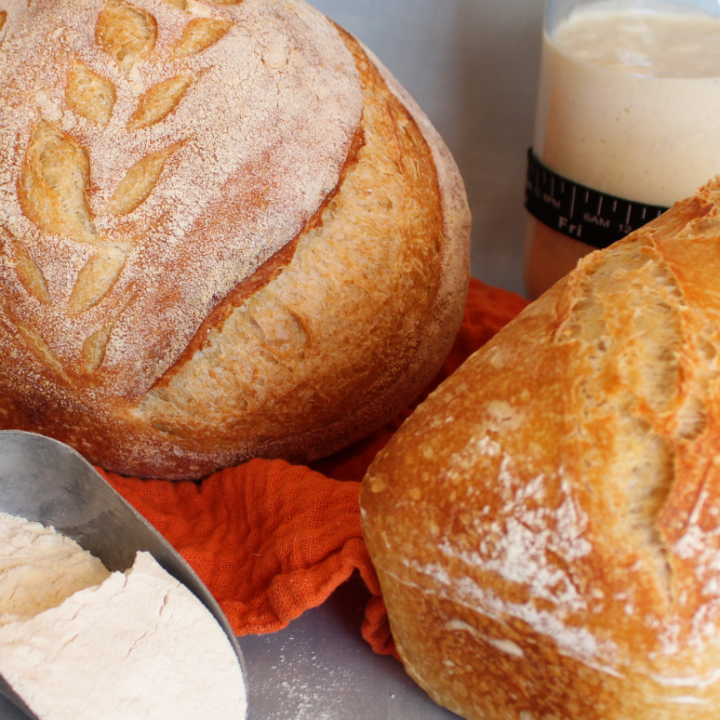
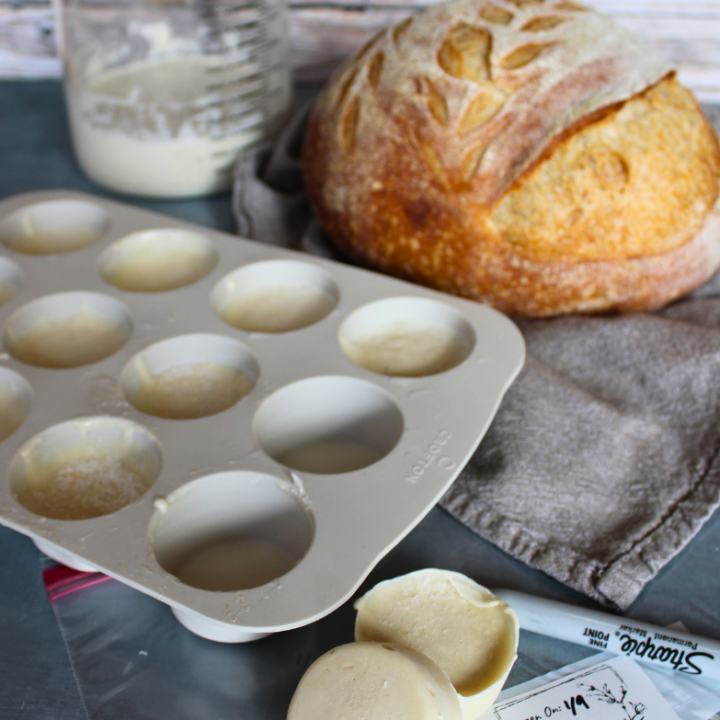
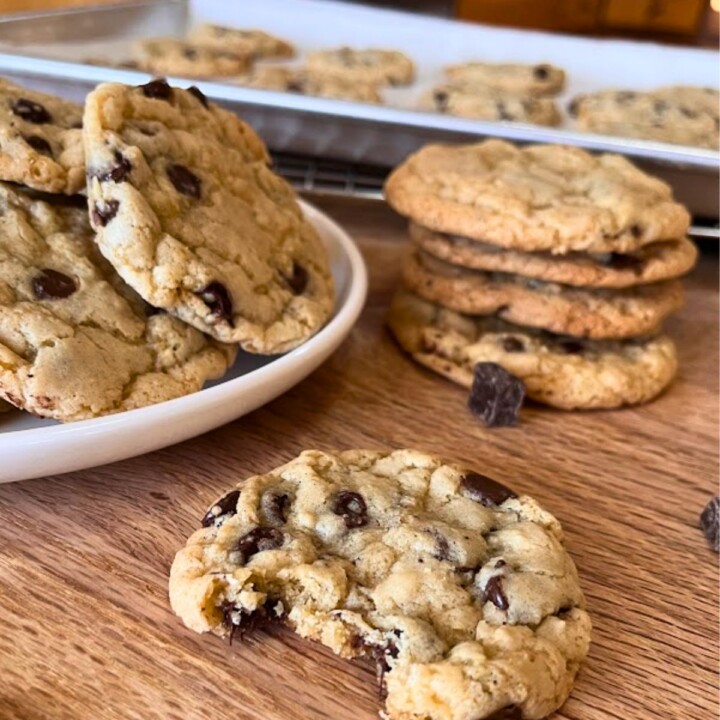
Leave a Reply